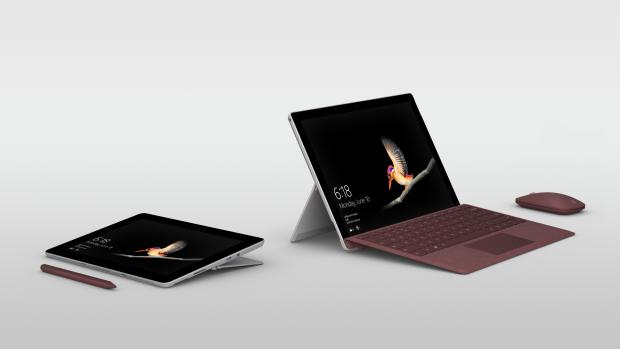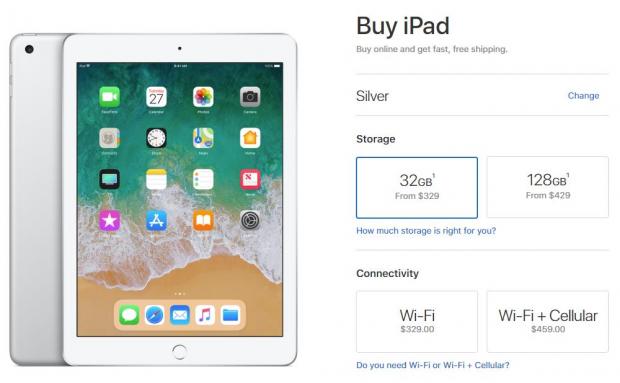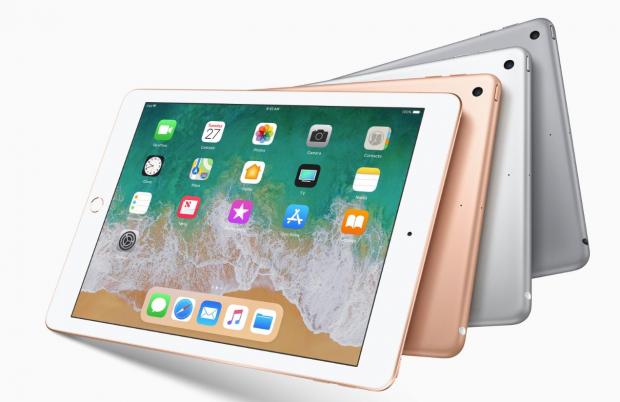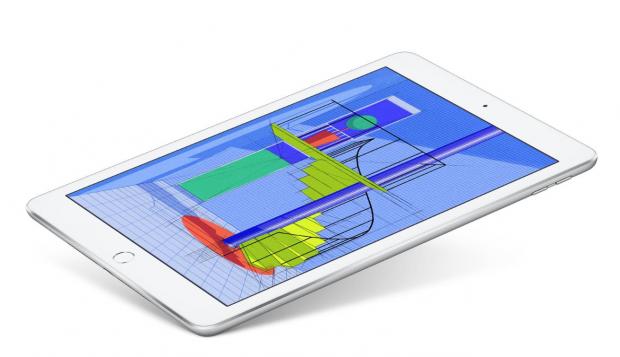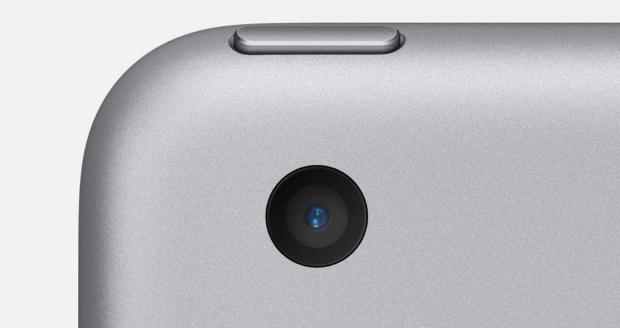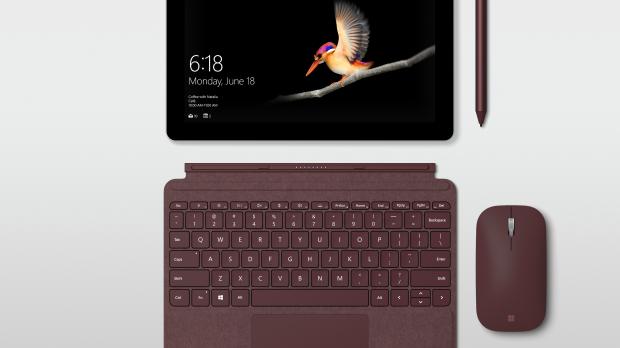Microsoft has finally launched its low-cost Surface Go, a completely new device specifically aimed at the education market and supposed to bring good value for the money, all while offering the power of Windows 10.
While it also helps expand the Surface lineup, Microsoft’s new Surface Go is a model that finally allows the Redmond-based software giant to have a direct competitor to Apple’s 9.7-inch iPad, the device that has until now dominated the tablet market.
The iPad itself, however, also expanded in the education biz substantially lately, and it’s no wonder why. Apple invested heavily in the 2-in-1 form factor, with the iPad Pro being based on an approach pioneered by Microsoft but now embraced by a wide array of OEMs. With a keyboard, the iPad Pro can become a small computer that’s super-productive, though by running iOS it certainly limits its capabilities.
Surface Go and Apple’s 2018 iPad are now direct rivals fighting for the same purpose, so let’s see how the two stand against each other in this long-distance battle.
First and foremost, it’s the display. Apple equipped the Surface Go with a 10-inch PixelSense screen that features a resolution of 1800x1200 pixels and a 3:2 aspect ratio. As compared to the other Surface models, Go features rounded corners that make it easier to carry the device around.
Apple’s new iPad, which is by definition a super-portable device, boasts a 9.7-inch Retina display with a resolution of 2048x1536 pixels. The iPad is also lighter than the Surface Go, at 1.03 lbs versus 1.15 lbs (467 grams versus 521 grams).
While it’s a bit heavier, the Surface Go integrates a kickstand, which substantially improves the laptop form factor. The kickstand itself supports 165 degrees of motion, so you can easily adjust the angle when working.
Surface Go is the better option when it comes to processing power and storage. Even though the device isn’t equipped with the most powerful chipset available, as it comes with an Intel Pentium Gold 4415Y, it’s supposed to run Windows 10 flawlessly – by default, Windows 10 runs in S Mode, but customers are allowed to upgrade to Windows 10 Pro free of charge.
Even though Microsoft hasn’t opted for Intel Core i5 or i7 chipsets, basic tasks should run smoothly on the Surface Go, yet it’s important to keep in mind the purpose of this product. Surface Go is mainly aimed at students, not at hardcore gamers or heavy office workers.
The chip is paired with a maximum of 8GB RAM and in addition to a 256GB SSD, users can also boost storage by as much as 1TB with a microSD card slot.
Apple’s iPad not only that lacks microSD card support, but it also features just 128GB storage in the top-of-the-range configuration. Apple is betting big on cloud storage, so it hopes that customers would keep their files in their iCloud accounts should they need more space beyond what they get built in.
The 2018 iPad is powered by Apple’s A10 Fusion chip and uses only 2GB RAM. Apple has become famous for keeping the amount of RAM as low as possible on its devices, instead improving performance by focusing especially on software optimizations. The same happens on the iPhone, as the anniversary iPhone X features just 3GB RAM at a time when 6GB becomes the new standard on Android models.
The GPU chip is different on the two models. While the Surface Go runs on Intel HD 615, an integrated chipset that doesn’t excel in any way – and it’s not even supposed to given the low price and the target market, while the iPad comes equipped with the PowerVR Rogue chip.
When it comes to cameras, the Surface Go and the 2018 iPad are pretty similar, with 8-megapixel units on the back and 5-megapixel configurations on the front. On the other hand, the software giant Microsoft is offering more ports, a thing that is by no means surprising given Apple’s approach so far.
Surface Go features a USB Type-C port that also supports charging, but at the same time, it also integrates Microsoft’s signature Surface Connect port. This doesn’t mean that accessories from other Surface models would work on the Surface Go though. It’s important to keep in mind that Surface Go is smaller than all its predecessors, so accessories wouldn’t fit.
But on the other hand, you also get a 3.5mm headphone jack, which as the world found out the hard way, Apple isn’t a big fan of. Cupertino pulled the audio connector with the release of the iPhone 7 nearly two years ago, but the 2018 iPad still features it, and this can only be good news for everybody. The Lightning port, however, is the only connectivity option on the iPad, as the Apple tablet lacks everything else, including here USB-C, microSD, or other things like that.
Microsoft and Apple have adopted different approaches for security. Since it runs Windows 10, Microsoft Surface Go features Windows Hello, which allows easy authentication with facial recognition.
The iPad comes with the Touch ID fingerprint reader, but as all the rumors seem to indicate, it’s all just a matter of time until the Apple tablet lineup makes the switch to Face ID facial recognition as well. Obviously, with Touch ID, the iPad has bigger bezels, but this shouldn’t be such a big problem for a device that’s also supposed to sit on a desk.
The two companies have also used different ideas for sound, and I’d say that I like Microsoft’s more. The Surface Go offers front-facing stereo, while the iPad produces bottom-facing stereo. The iPad, however, might be a little bit louder, though I prefer the sound of the Surface most of the time.
Pricing could be the decisive factor for new buyers. The Surface Go starts at $399 and exceeds $800 in the top configuration and with all accessories available (in addition to the keyboard, customers can also purchase a special-edition mouse and a Surface Pen for inking capabilities). No details have been provided on the LTE version launching later this year, but it’ll obviously be a little bit more expensive that the standard configuration with Wi-Fi.
On the other hand, Apple’s iPad starts at $329 for the 32GB version and Wi-Fi and goes all the way up to $459 with Wi-Fi, LTE, and 128GB GB of storage. The iPad is obviously the cheaper device.
For many users, the power of Windows 10 is what makes the difference, as running Win32 applications and being able to use the device just like a regular PC is critical. But at the same time, the limited hardware available on the Surface Go certainly reduces the number of things that you can do with this device, and considering this, the iPad is without a doubt worth having a look at.
As I see it right now, Surface Go and Apple’s iPad are still aimed at different customers, despite both of them being particularly focused on the education market. In the long-term, Surface Go is the product that makes more sense, though for many users, Apple’s iPad offers the performance and security that can ensure uncompromised productivity for basic tasks.
Microsoft’s Surface Go will go on sale in early August, and it’ll be interesting to see how many customers choose it instead of an iPad.
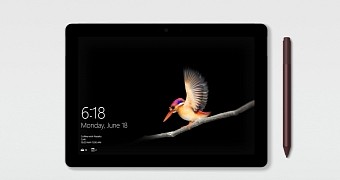
 14 DAY TRIAL //
14 DAY TRIAL // 